 by "ttyymmnn" (ttyymmnn)
by "ttyymmnn" (ttyymmnn)
Published 03/17/2017 at 12:35
 by "ttyymmnn" (ttyymmnn)
by "ttyymmnn" (ttyymmnn)
Published 03/17/2017 at 12:35
Tags: planelopnik
; planelopnik history
STARS: 14
Welcome to This Date in Aviation History , getting you caught up on milestones, important historical events and people in aviation from March 15 through March 17.
!!! UNKNOWN CONTENT TYPE !!!
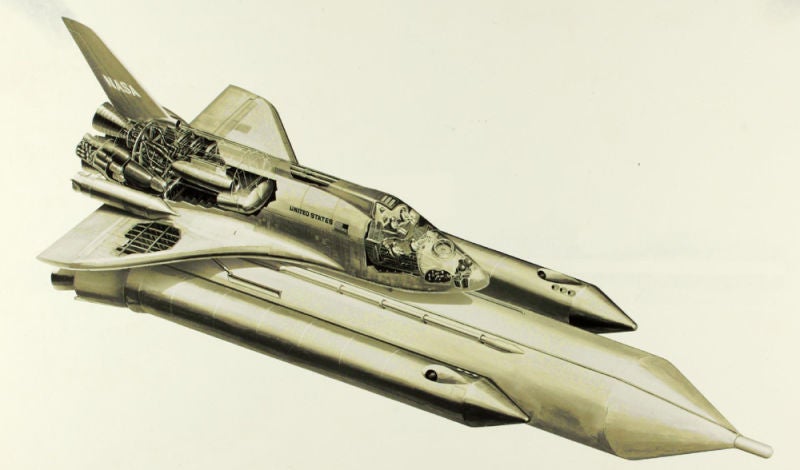
March 15, 1972 – NASA announces the final design of the Space Shuttle. Even before the first astronaut set foot on the Moon on July 21, 1969, NASA had begun to think about what future space travel would look like. Throughout the manned space program, from Mercury to Gemini to Apollo , all parts of the launch system, from booster rockets to crew capsules, were expendable. But as NASA started formulating the next generation of space vehicles, they considered ways to make at least part of the system reusable. In 1969, President Richard Nixon formed the Space Task Group to investigate and develop a new launch system and vehicle that would be less expensive than previous systems, and one that could be used by NASA, the Department of Defense, and perhaps non-government commercial entities. But the biggest question that needed to be answered was just what form this new spacecraft, dubbed the Integrated Launch and Re-entry Vehicle (ILRV), would take. From the start, engineers envisioned a two-stage system that had the smaller vehicle, caller the orbiter, sitting atop a larger launch vehicle called a booster. In its earliest guise, the booster would have wings and would also be manned. This arrangement would have launched vertically, and after the separation of the orbiter, the booster would be piloted back to Earth. Like the final Space Shuttle design, the booster would essentially be a flying fuel tank, but both the orbiter and booster were envisioned with air-breathing jet engines to allow controlled flight for landing.
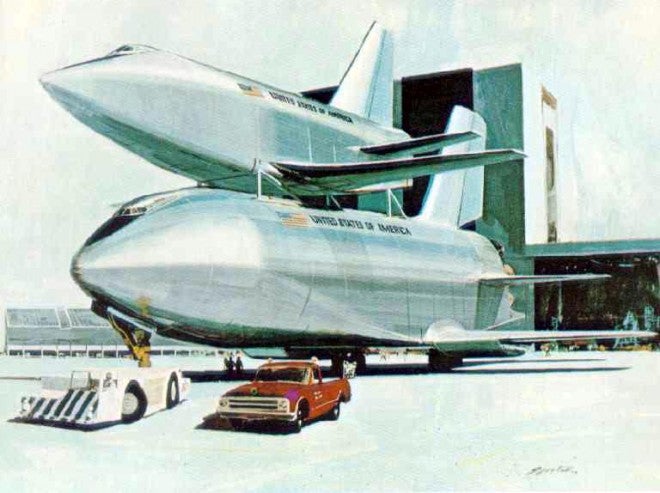
However, like so many other aspects of the post-Apollo space effort, economics played a major role, and NASA simply didn’t have the money to pursue such an ambitious launch system, along with the creation of the space station that the new orbiter was meant to service. The original concept would only lift about 25,000 pounds of payload into orbit, and the US Air Force, whose money was vital to the program, wanted a payload of 65,000 pounds for launching military satellites. NASA had to go back to the drawing board. Not only did they have to redesign the Shuttle, they had to rethink the entire space station concept. Initial plans were for the station to be a large, single unit like Skylab. But changing the concept of the space station to one of modular construction, as we see today in the International Space Station (ISS), allowed NASA to reimagine the Shuttle as a vehicle that would carry those modules into orbit while also providing the payload space the Air Force required. Two basic design concepts then emerged. The first was called parallel burn, where the orbiter’s engine would be ignited at launch and burn in tandem with solid rocket boosters. The second was called series burn, where the orbiter’s engines would not fire until after the booster rockets were finished. After careful analysis of the cost of both systems, NASA opted for parallel burn, and announced on March 15, 1972 that the final design would be essentially what we see today: an orbiter attached to a external fuel tank (EFT) and lifted by two solid rocket boosters (SRBs). Of these three elements, the orbiter and the SRBs would be reusable. After their solid fuel was expended, the SRBs would separate from the fuel tank and parachute back to Earth to be reused, and the orbiter would re-enter Earth’s atmosphere and glide to a landing. The center fuel tank, which carried liquid hydrogen fuel and liquid oxygen oxidizer to power the orbiter’s main engines, would be expendable, breaking up before impacting the Indian Ocean. The idea of using turbine engines to control landing, and even fly the Shuttle from point to point, was scrapped. On July 25, 1972, NASA awarded a contract for development and construction of the Space Shuttle to the International Space Division of Rockwell, as well as management of the overall integration of the vehicle and the launch system. With the general design finalized, the prototype Enterprise was the first to be built in 1976. Though it never went to space, it was used primarily for critical free-flight testing. Four operational Shuttles were built ( Columbia , Challenger , Discovery , Atlantis ) , and Columbia took its first flight on April 12, 1981. Two Shuttles, Challenger and Columbia , were lost to accidents, and a fifth operational Shuttle, Endeavour , was built in 1991 to replace Challenger . All told, the 5 Shuttles completed 133 missions during their 30 years of service, and the Space Shuttle program ended with the final flight of Atlantis on July 21, 2011. (Top illustration via San Diego Air and Space Museum )
!!! UNKNOWN CONTENT TYPE !!!
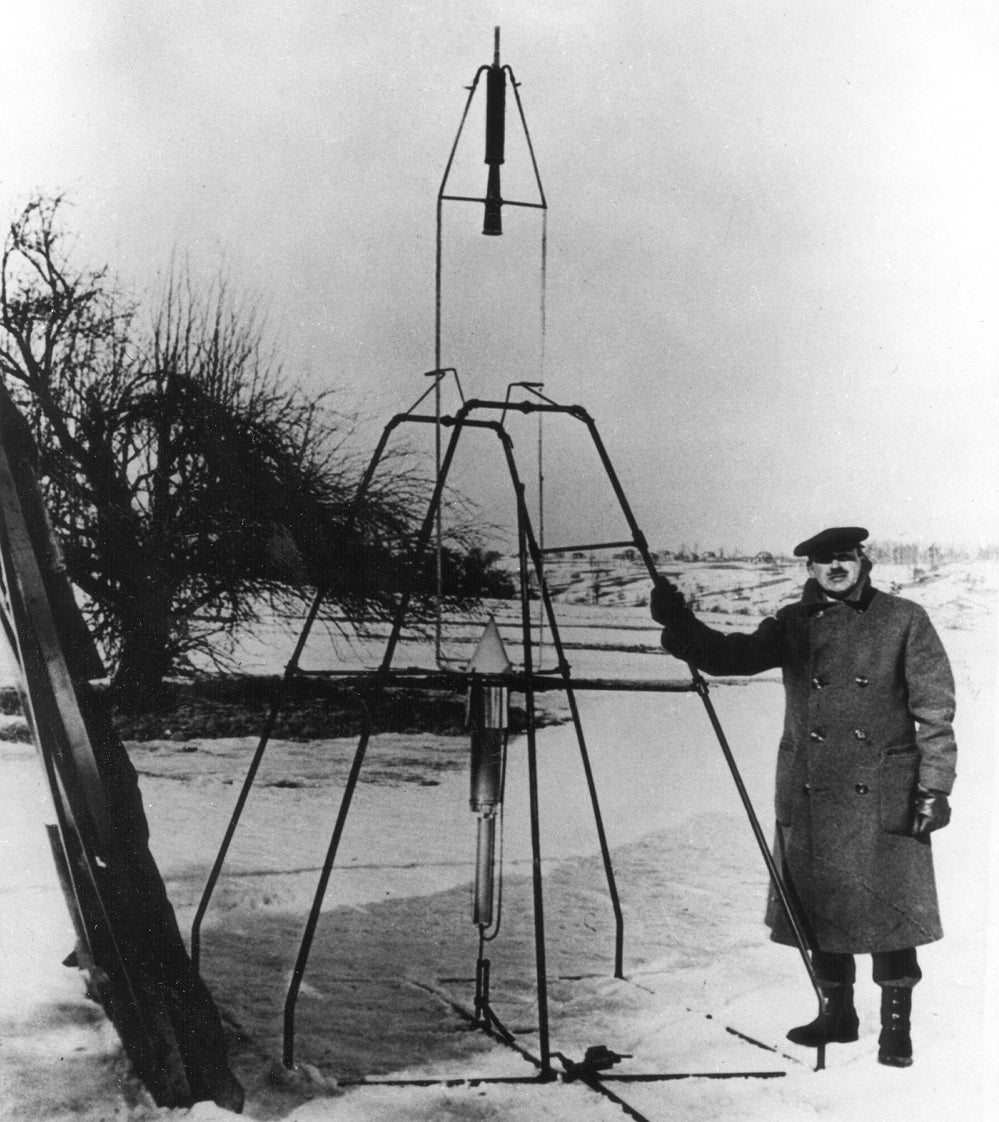
March 16, 1926 – Robert Goddard launches the first liquid-fuelled rocket. The earliest rockets date back to the 13th century China., where there were used as weapons and fireworks. As development of the rocket progressed, they primarily became weapons of siege warfare, though the fuel for the rockets remained relatively unchanged. Today, many rockets and missiles are still powered by solid fuels, but it was the work of American Robert Goddard with liquid-fueled rockets that helped to usher in the Space Age, and Goddard is generally accepted to be the father of space flight and modern rocketry. While Goddard is best known for his pioneering work with rockets, he was also a physicist and engineer who held 214 patents, and his revolutionary work in the field of rockets and orbital theory laid the groundwork for all those who followed. His work also led to developments in atmospheric research, ballistic missiles and manned space travel. As a young boy, Goddard was influenced by the science fiction writings of H.G. Wells , particularly The War of the Worlds , and he began to study the works of other inventors, such as Samuel Pierpont Langley , who wrote about flight for Smithsonian Magazine. By 1913, Goddard was studying calculus and developed the mathematics that made it possible for him to calculate the position and velocity of a rocket in vertical flight, as well as to calculate the force necessary to get rockets of differing weights into the atmosphere.
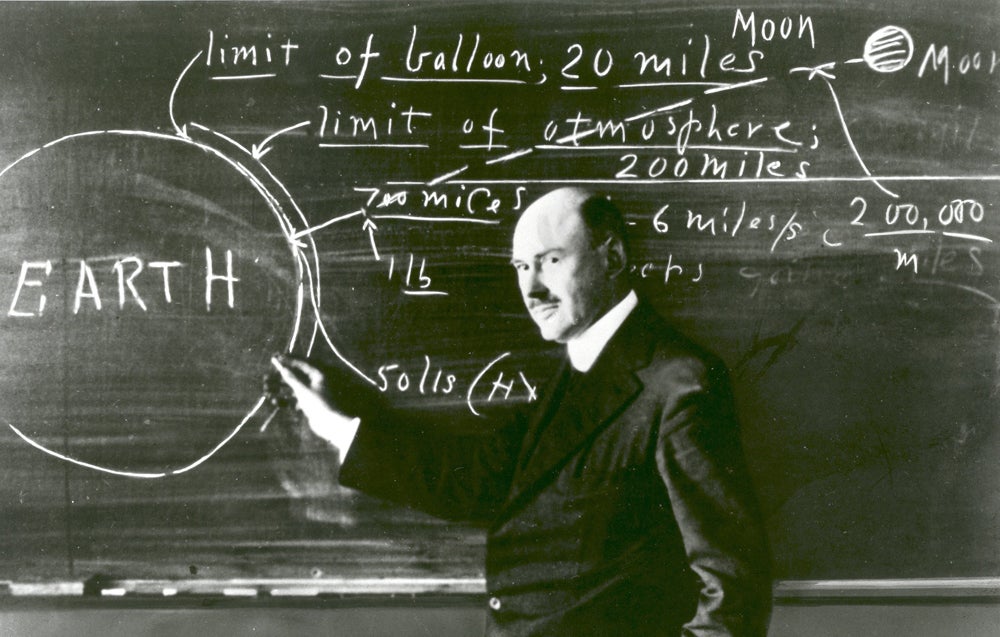
After first working with solid-fuel rockets, Goddard realized that in order to gain the velocities necessary to reach space, he would need to use a liquid propellant . When compared to solid-fuel rockets, liquid propellants have the benefit of providing greater power at lower volumes of fuel and provide a greater power to weight ratio. The use of a liquid fuel also allows for the throttling of the fuel, where once a solid rocket is ignited its burn rate can only be controlled by the shape of the fuel block. Starting in 1921, Goddard began to experiment with liquid-fueled rockets using a liquid oxidizer, and he successfully tested the first rocket engine using a liquid propellant in 1923. His first successful launch using a rocket fueled with gasoline and liquid oxygen took place on March 16, 1926 at Auburn, Massachusetts. Though that first flight only lifted a mere 41 feet into the air, it demonstrated the potential of the liquid fuel engine. Goddard and his team launched a total of 33 rockets, and they eventually reached altitudes as high as 1.6 miles and speeds up to 550 mph. But Goddard not only created the rockets, he also developed a means to control them. He pioneered three-axis control, the use of gyroscopes for stability, and steerable-thrust rockets to direct the rocket in flight. His first rocket used static fins for stability, but later models employed gyroscopically controlled vanes in the exhaust, a method that was later copied by the Germans for use in the V-2 rockets used to attack England in the late stages of WWII. Goddard also pioneered a system that steered the rocket nozzle itself, a control method that is still in use today. Unfortunately for Goddard, many in the US government and military failed to appreciate the importance of his work, and by the end of WWII, the Germans had outpaced the US in rocket development, possibly using Goddard’s own data that had been transferred to Germany by spies in the US. However, in a bit of historical irony, the advances made by Germans like Werner von Braun would return to the US following the war, when many captured German scientists were brought back to America to work on its nascent space program. Still, Goddard’s work cemented him in the history of space exploration, and the Goddard Space Flight Center in Maryland, as well as the Goddard crater on the Moon, are named in his honor. (US Library of Congress photo; NASA photo)
!!! UNKNOWN CONTENT TYPE !!!
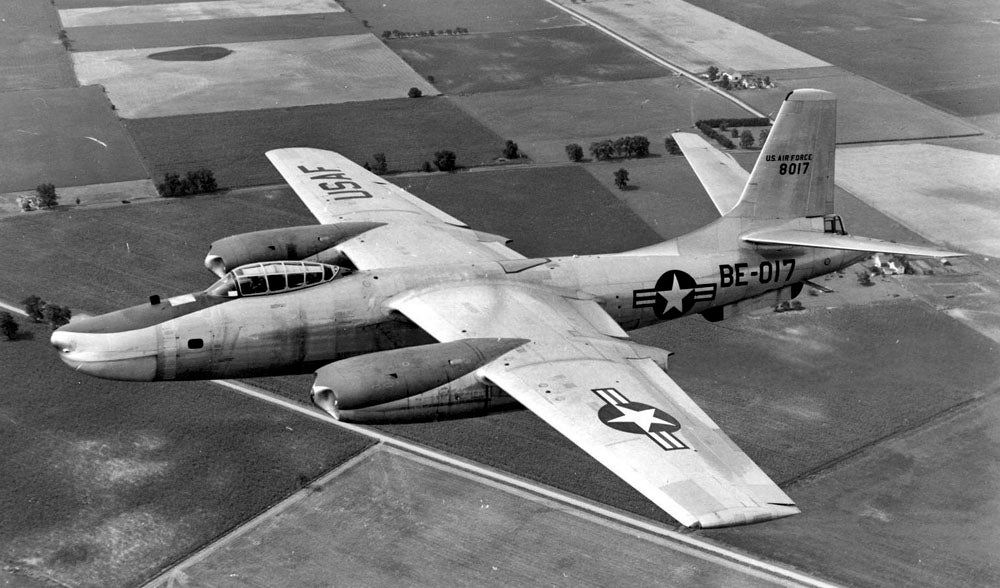
March 17, 1947 – The first flight of the North American B-45 Tornado. By the later stages of WWII, German development of jet bombers had the Allies scrambling to develop their own. The Germans had already fielded the world’s first operational jet bomber, the Arado Ar 234 and, though it was only built in limited numbers, it was clear that the future lay in jet power. Development of the Tornado began in 1944 with a requirement from the US War Department for a new jet-powered bomber and, following submissions from several companies, the North American NA-130 was chosen as the winner on September 8, 1944. Swept wing technology had undergone significant development in Germany during the war, and while that technology was eventually transferred to the Allies with the fall of Germany, most early jet designs still employed the straight wings found on propeller aircraft. Thus, the the B-45 still employed straight wings and was powered by four General Electric J47 turbojets housed in nacelles in the wing. Maximum speed was 570 mph with a range of 1,000 miles, and it could carry up to 22,000 pounds of bombs. It was also armed with two .50 caliber machine guns in the tail for defense against fighters. With the end of WWII, the Air Force took stock of ongoing development programs, and many projects were either delayed or canceled altogether. But with the Cold War starting to heat up, the Air Force placed special emphasis on nuclear-capable bombers. A decision had to be taken whether to produce the B-45, or the Convair XB-46 , which was similar to the Tornado in many respects, though much larger. After an evaluation, the B-45 was chosen as the better aircraft, and North American was given a contract to produce the B-45 beginning in January 1947.
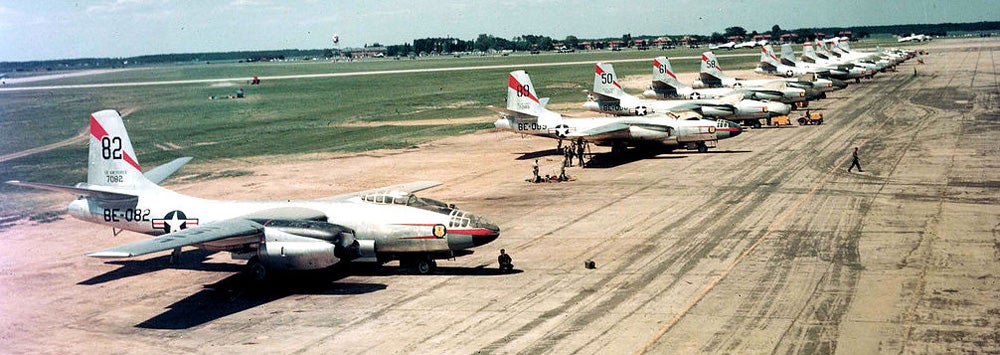
Like so many other early jet aircraft, the B-45 was a victim of the slow pace of jet engine development and shrinking budgets. The Boeing XB-47 , which would take advantage of captured German data on swept wing design, would take its first flight in less than a year and offer greater speed and almost twice the combat range. Post-war budget restrictions also meant that the Air Force would have to limit the number of projects it could develop, and with the B-47 looming on the horizon, production of the B-45 was cut further, resulting in a final production run of 143 aircraft. Still, the Tornado holds the distinction of being America’s first operational jet bomber and the world’s first multi-jet engined bomber to be refueled in midair. Despite its relatively short service life, the Tornado filled an important gap in America’s and NATO’s nuclear deterrence force, particularly during the Korean War, when so many military assets had been sent to Asia. In 1952, B-45s were modified to carry nuclear bombs and sent to England, and reconnaissance versions of the B-45 provided valuable intelligence over Korea, where they complemented older Boeing RB-29 piston-powered reconnaissance aircraft that had proven vulnerable to enemy jet fighters. After the war, the Tornado made some overflights of the Soviet Union, but those missions were soon taken over by the English Electric Canberra (known as the Martin B-57 in American service), which could fly at higher altitudes. The B-45 was removed from active service by the end of the 1950s, though some served for a few more years as test aircraft. (US Air Force photos)
!!! UNKNOWN CONTENT TYPE !!!
!!! UNKNOWN CONTENT TYPE !!!
!!! UNKNOWN CONTENT TYPE !!!
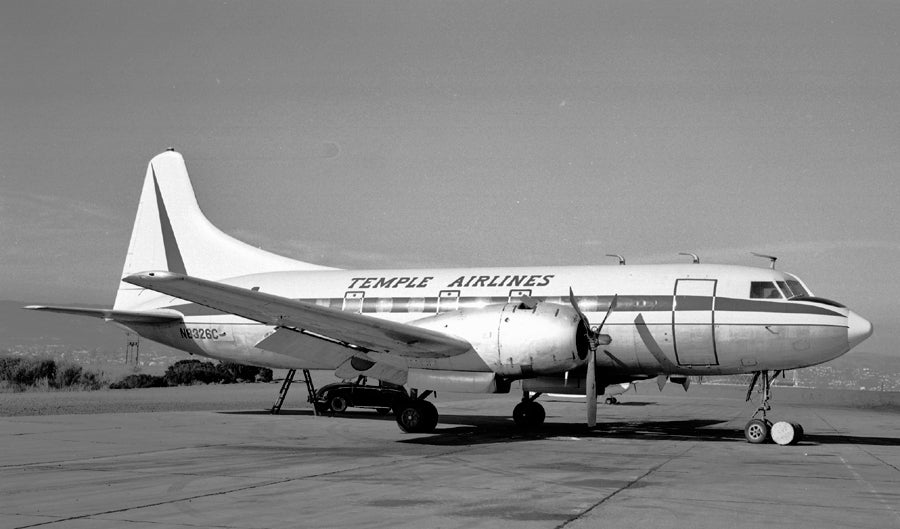
March 16, 1947 – The first flight of the Convair CV-240. Originally designed as a larger, more modern replacement for the Douglas DC-3 , the prototype 240 was unpressurized, but the airlines’ requirement for a pressurized hull led to a redesign. Convair lengthened the fuselage and added 10 more seats, bringing initial capacity to 40 passengers. Continued development of the CV-240 resulted in a number of variants, each one lengthening the fuselage and wings, and the eventual incorporation of turboprop engines. The CV-240 was the first private aircraft to be used in a US presidential election when John F. Kennedy flew in a CV-240 named Caroline in honor of his young daughter. The 240 also served with the US Air Force as the C-131 Samaritan and with the US Navy as the R4Y. Just under 1,200 aircraft were produced between 1947-1954. (Photo by Bill Larkins via Wikimedia Commons )
!!! UNKNOWN CONTENT TYPE !!!
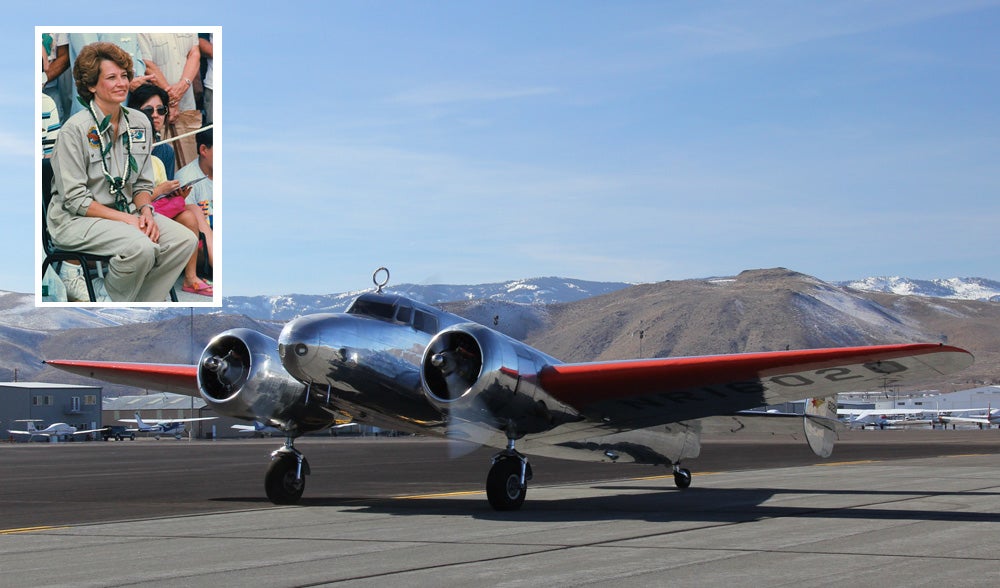
March 17, 1997 – Linda Finch takes off on a flight to recreate and complete the ill-fated round-the-world flight of Amelia Earhart. Finch, an aviatrix and businesswoman from San Antonio, TX, took off in a restored 1935 Lockheed Model 10 Electra that had been prepared identically to Earhart’s plane. Finch’s flight took 10 weeks to complete while flying legs of 8 to 18 hours at a time, stopped at 36 different locations in 18 countries, and covered approximately 26,000 miles. Finch’s Electra has been acquired by the Museum of Flight in Seattle, Washington where it will be displayed. It should be noted that March 17 is the departure date for Earhart’s first attempt at circumnavigation of the globe. The second attempt, in which Earhart and copilot Fred Noonan disappeared, began on July 2, 1937. (Finch photo by Frank Vargo via Wikimedia Commons ; Electra photo via Museum of Flight )
!!! UNKNOWN CONTENT TYPE !!!
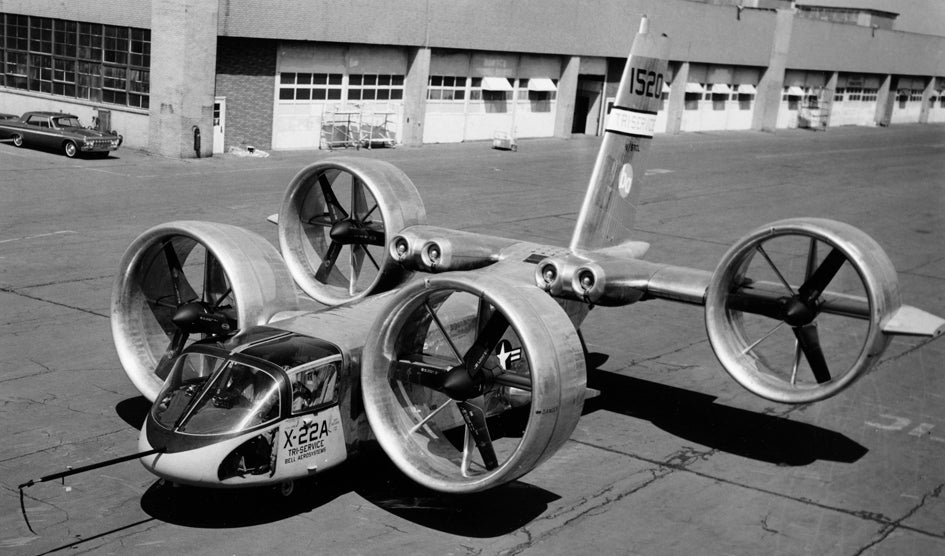
March 17, 1966 – The first flight of the Bell X-22, an experimental vertical/short takeoff and landing (V/STOL) aircraft. Lift was provided by four large ducted fans each driven by 4 General Electric T58 turboshaft engines housed in the rear wing. Developed to investigate the use of V/STOL takeoff aircraft for the transport of troops and cargo, the X-22 successfully transitioned from vertical to forward flight soon after its maiden flight, but a crash six months later led to the loss of the first prototype. Though it was the most successful aircraft of its type at the time, the hoped-for speed of 315 mph was never achieved and the project was canceled. The second prototype, the X-22A, is now on display at the Niagara Aerospace Museum in New York. (Photo via Bell Aircraft Museum )
!!! UNKNOWN CONTENT TYPE !!!

March 17, 1936 – The first flight of the Armstrong Whitworth Whitley, one of three twin-engine medium bombers to serve the Royal Air Force during WWII. The Whitley was introduced in 1937 to replace the Handley Page Heyford biplane bomber, and took part in the first RAF bombing raids of the German homeland, though it was essentially obsolete by the start of the war in 1939. Following the introduction of larger, four-engine bombers later in the war, the Whitley was retired from frontline service in 1942 and relegated to maritime reconnaissance duties. It also served as a glider tug, trainer and transport aircraft. A total of 1,814 Whitleys were produced, and the bomber was fully retired with the end of the war. (RAF photo)
!!! UNKNOWN CONTENT TYPE !!!
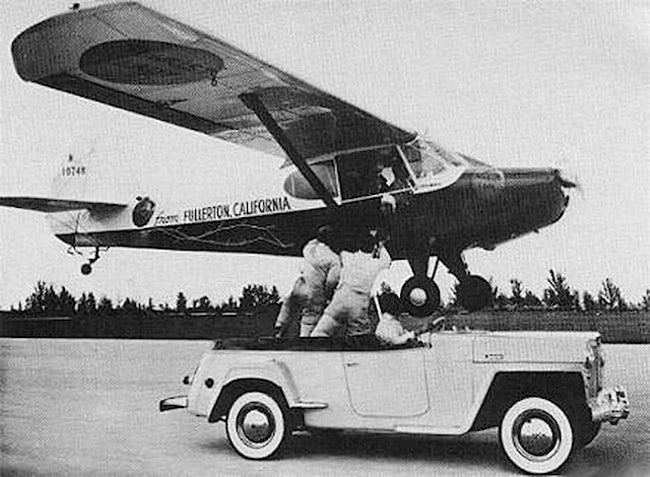
March 17, 1949 – The Sunkist Lady takes off to set an endurance record, remaining in the air for 1,008 hours. In an attempt to break the previous endurance record of 726 hours set in 1939, pilots Dick Reidel and Bill Barris of the Fullerton Air Service flew their modified Aeronca Sedan from Fullerton, California to Miami Florida, where they circled for 14 days before returning to California. There, they remained aloft over Southern California until the record was broken. The pilots were supplied with food and fuel by vehicles driving along a runway as they descended, and supplies were handed up to the crew. By the time Reidel and Barris landed on April 26, they had covered more than 75,600 land miles and used 6,552 gallons of fuel. (Photo via n1331h.com )
!!! UNKNOWN CONTENT TYPE !!!
!!! UNKNOWN CONTENT TYPE !!!
!!! UNKNOWN CONTENT TYPE !!!
!!! UNKNOWN CONTENT TYPE !!!
!!! UNKNOWN CONTENT TYPE !!!
!!! UNKNOWN CONTENT TYPE !!!
!!! UNKNOWN CONTENT TYPE !!!
If you enjoy these Aviation History posts, please let me know in the comments. And if you missed any of the past articles, you can find them all at Planelopnik History . You can also find more stories about aviation and aviators at Wingspan and Planes You’ve (Probably) Never Heard Of .
 "E90M3" (e90m3)
"E90M3" (e90m3)
03/17/2017 at 12:43, STARS: 1

Speaking of B-47s, I will drive past this one now on I-95 every day.
 "My X-type is too a real Jaguar" (TomSlick)
"My X-type is too a real Jaguar" (TomSlick)
03/17/2017 at 12:44, STARS: 0
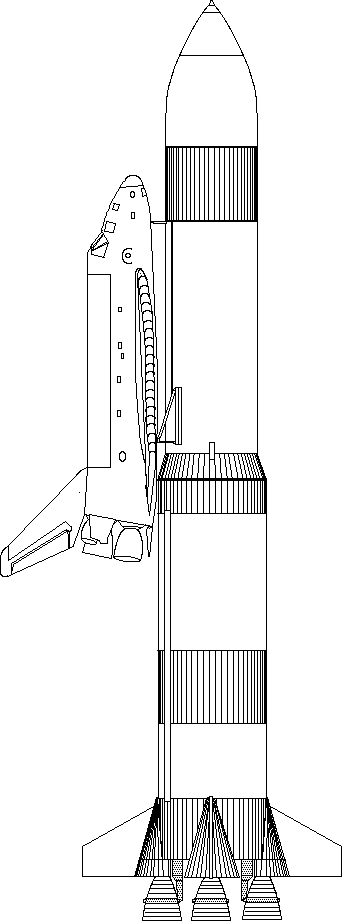
I love your posts, but on the shuttle front, you left out my favorite concept the the Saturn-Shuttle
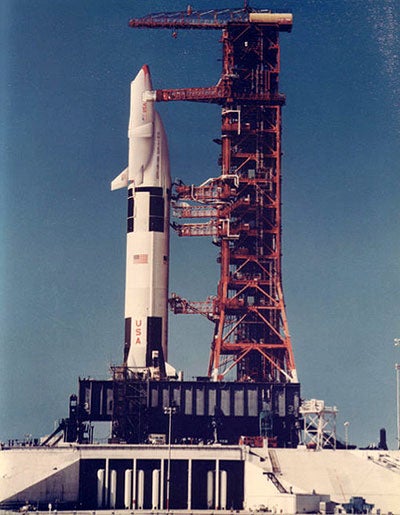
 "ttyymmnn" (ttyymmnn)
"ttyymmnn" (ttyymmnn)
03/17/2017 at 12:44, STARS: 1
It still looks like the future.
 "ttyymmnn" (ttyymmnn)
"ttyymmnn" (ttyymmnn)
03/17/2017 at 12:45, STARS: 0
Thanks for adding this. I can’t include everything! I’m guessing there weren’t too many concerns about payload with that arrangement.
 "My X-type is too a real Jaguar" (TomSlick)
"My X-type is too a real Jaguar" (TomSlick)
03/17/2017 at 12:48, STARS: 1
It was how they really wanted to go simply to keep the 1st stage of the Saturn 5 in production for future moon missions, but as you said economics played a major role in the solid booster choice.
 "Smallbear wants a modern Syclone, local Maple Leafs spammer" (smallbear94)
"Smallbear wants a modern Syclone, local Maple Leafs spammer" (smallbear94)
03/17/2017 at 12:51, STARS: 1
Re the Whitley, iirc that was the first British bomber to have powered turrets? Not 100% sure on that. I know it wasn’t the Blenhiem, but it may have been the Wellington. It was one of the 3, anyway.
 "MrDakka" (mrdakka)
"MrDakka" (mrdakka)
03/17/2017 at 12:53, STARS: 1
Pendulum rocket designs are always interesting

03/17/2017 at 13:42, STARS: 1
Of these three elements, the orbiter and the SRBs would be reusable.
Of course, in practice they were both reusable in the same way as this is my grandfather’s axe .